As Revolution ended, flags were flying
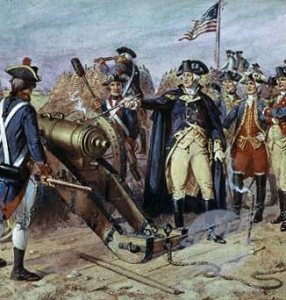
In October 1781, as the American Revolution neared its conclusion in Yorktown, Virginia, an observer noticed the role flags played on both the American and British sides.
That observer, 235 years ago, was St. George Tucker, a noted lawyer who was a lieutenant general on General George Washington’s staff. He kept a journal of events during the Yorktown battle because, as he put it, “the Close of the present Campaign will probably be more important than any other since the commencement of the American War.”
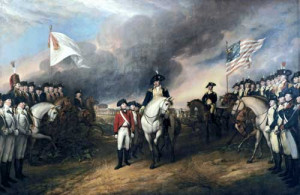
As Tucker wrote about maneuvers, the construction of trenches, the placement of various troops (including Lafayette’s French forces) and exchanges of artillery fire, he also reported on the roles played by flags. For example, on October 9, he wrote, “Nothing remarkable happened last night or to day untill five O’Clock unless the passage of a Flag from ours to the Enemy’s Lines during which they continued firing on our Works be worthy remembrance.”
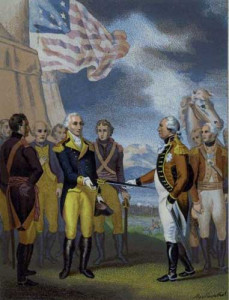
His irony was obvious; he knew that shooting at opposing forces who were approaching with a white flag of truce was out of bounds. That evening, Tucker wrote, “the continental Standard [one of America’s first flags] was hoisted at our Battery on the Right,” perhaps as a return sign that the cannon blasts had achieved nothing.
Less than a week later, he wrote about something very significant. “This Forenoon,” he scrawled, “a Flag from [the British] brought a Letter couch’d nearly in the following Terms – Sir, I propose a Cessation of Hostilities for twenty four Hours, and that two Officers be appointed from both sides to meet…and agree on Terms for the surrender.”
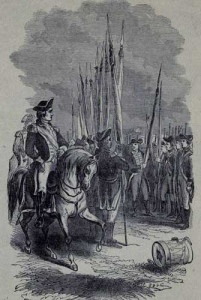
The letter, addressed to Washington, was signed by Cornwallis, who led the British forces. He was on the verge of conceding that the Americans had won their fight for freedom from Great Britain.
Washington immediately replied: “Sir, I have received your [letter]. Regard to humanity induces me to agree to a suspension of hostilities for two hours that your Lordship may propose the Terms on which you choose to surrender.”
On the 18th, the British commander sent another message under a flag of truce and asked for more time to weigh the terms.
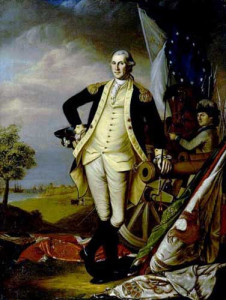
That night, Tucker grew poetic. “A solemn stillness prevailed,” he recorded. “The night was remarkably clear & the sky decorated with ten thousand stars” with “numberless Meteors gleaming thro’ the Atmosphere [which] afforded a pleasing resemblance to the Bombs which had exhibited a noble Firework the night before, but happily divested of all their Horror.”
On October 19, Cornwallis finally submitted his surrender terms. Tucker was thrilled to watch the formal proceedings as 254 “commission’d Officers” and thousands of British and Hessian soldiers “grounded their Arms” and laid down a great number of cannons.
Tucker also made sure to count the 22 British standards that were surrendered.
When the American and French soldiers saw that they had won, they cheered lustily. But Washington cut them short, saying, “Let history huzzah for you.”
